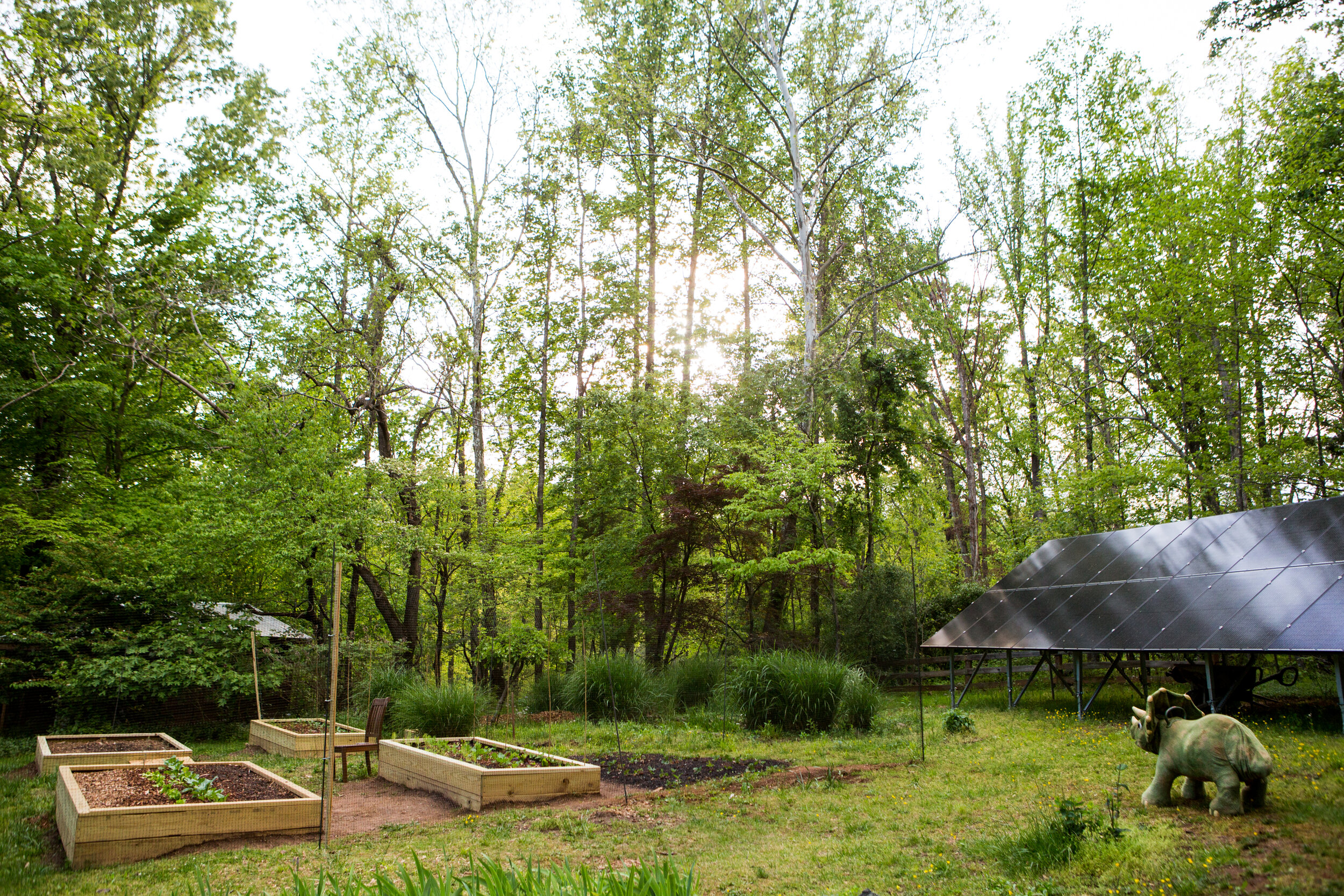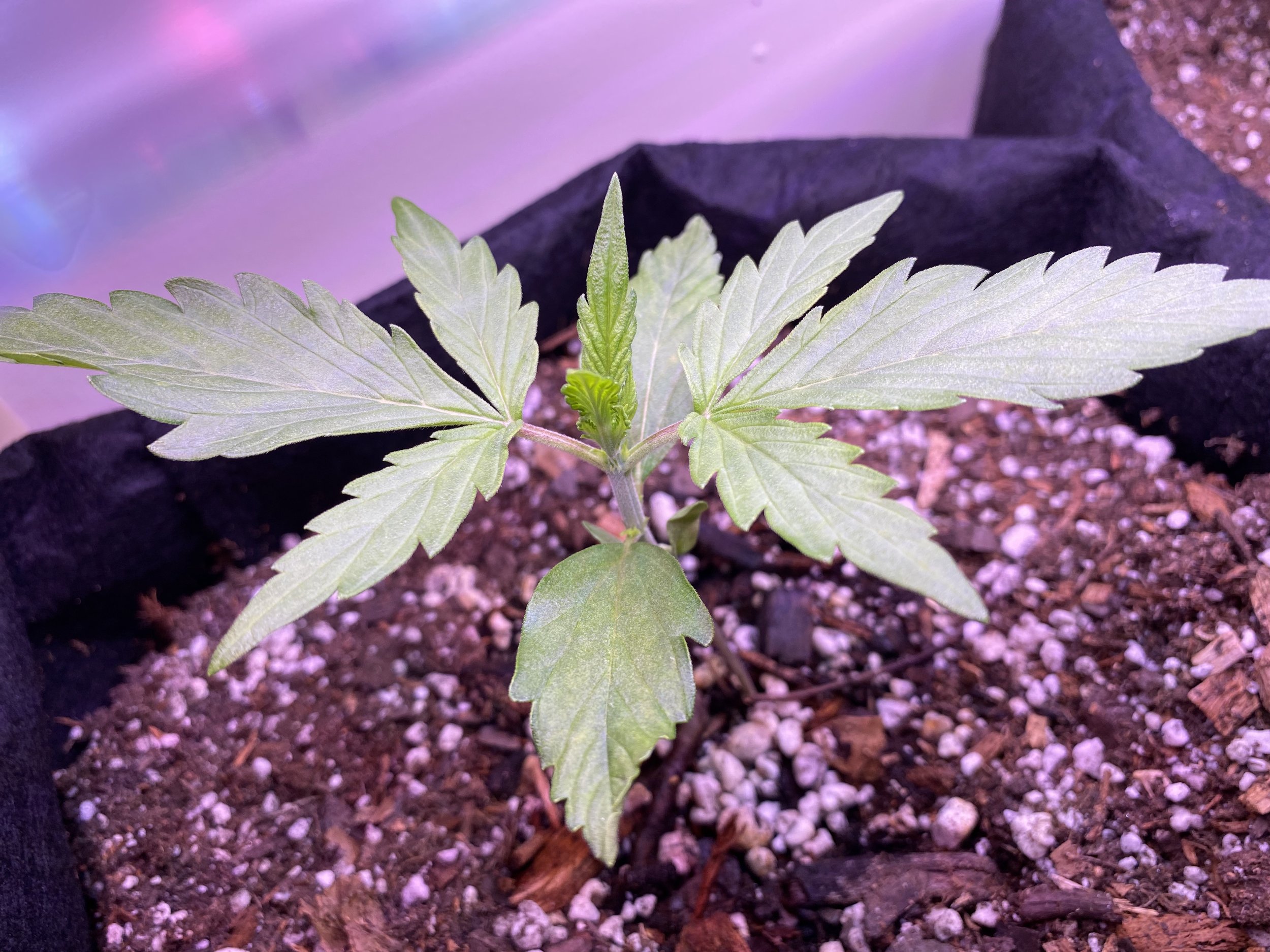
Welcome to Our Permaculture Homestead
After 13 years of researching “doomsday preppers” and homesteading for my apocalyptic novel, We Can Save Us All, I realized I had none of the survival skills I’d been writing about. I wanted to change that. Without becoming a total weirdo.
We began preparing our home to survive a grid-down situation, and dove into homesteading projects to inform our new lifestyle.
Here’s what happened next…
Permaculture Homesteading How-Tos and Articles
How to Build a DIY Deer Fence for Gardens #2: Step-by-step instructions
In Part 1, we covered the different types of garden fences you can choose to keep deer away from your vegetable garden — like wood, welded wire, electric fences, and natural/chemical repellents — along with detail on the planning phase, including how to determine your fence line and choose materials. Here in Part 2, we'll give you our full recipe for the heavy duty, half-invisible/half-very-conspicuous DIY wire mesh fence we made for Thunderbird Disco, with step-by-step instructions to follow.
How to Build a DIY Deer Fence for Gardens #1: Planning
Deer can jump over regular fences up to about 6 or 7 feet high. But with the installation of a tall, heavy duty, and reliable deer fence, you can create a barrier that will effectively keep these beautiful jerks at bay. At first, we got some insanely high professional estimates to build our fence, and while they would've completed the job in a weekend (it took us closer to two years; tough to carve out the time), we built our garden fence ourselves for a fraction of the price, using the materials we wanted, and today the finished project is extremely satisfying to look at. Here's what we did to DIY it.
Emergency Food Supply Kits and Backup Water “Insurance”
Yes, Food and water insurance. Because I get it: you don't want to be the person who buys a “food bucket.” So my suggestion is merely to add a couple small one-time expenditures — covering EMERGENCY FOOD & WATER — to your insurance portfolio.
Harvesting Cannabis: Knowing When to Harvest Cannabis and Steps for Drying, Trimming and Curing Your Buds
Around Weeks 10-14 it’s probably time to harvest your cannabis. This is not as simple as cutting and consuming, it’s a multi-week process, a stage unto itself. You’ve come this far, and it really pays to properly CHOP, TRIM, DRY and CURE your product, so you can avoid any last-mile problems and get the most quantity and quality from your harvest.
Cannabis Flowering Stage: Get Higher Yields & Make the Most From Your Budding Pot Plants
Sometime around Week 5, your ladies will begin to flower. In case it’s not clear, the cannabis plant’s flowers or “buds” are what most people harvest and consume, so this stage is all about maximizing the yield, size and quality of these flowers to ensure the best possible harvest.
Cannabis Veg State Guide: Tips and Steps For the 6-Week Vegetative State
By week 3, your cannabis plants should have entered the vegetative stage. This means you’re starting to see more of those laughably stereotypical fan leaves, and the plant is doing its job, and your job is to try to create the best conditions for it to keep growing and producing those leaves. Here’s what that means and what you need
How To Grow Cannabis: How to Germinate Weed Seeds
Ok, so you’ve got some cannabis seeds that you found on the side of the road, or were maybe gifted from a friend in the same state. Nice job! The next step is to germinate these seeds. Again, I’m growing outdoor, in soil, and was gifted three autoflower strains, so everything below is specific to those parameters.
How to Grow Weed Outdoors: Getting Started, Indoors vs. Outdoors, and Picking Your Seeds
Laws vary greatly from state to state, and some of them are draconian or downright silly, and it’s important to only undertake this effort legally and responsibly, or at least know exactly what you’re getting yourself into.
How to Grow Tomatoes (From Seed and From Starts)
Tomatoes ended up being one of our most successful crops during our first growing season (2020). We spent the early months of the pandemic building raised beds, filling them with our hugelkultur/soil mix, and getting Spring plants in the ground, so with that late start we ended up buying some seedlings or “starts” from some local garden stores. You can plant seeds (see below) but the main reason to use starts is TIME.
Learning Lacto-Fermentation
I enjoy a good brine. So for the holidays I got this beginners fermentation kit from Soligt Fermentation. I get incredible bread from Wholly Schmidt Sourdough so don't need to dip into those waters, but I tried my hand at pickled vegetables, sauerkraut, and hot sauce. It's easy, a fun way to get kids involved, and mostly involves doing nothing.












